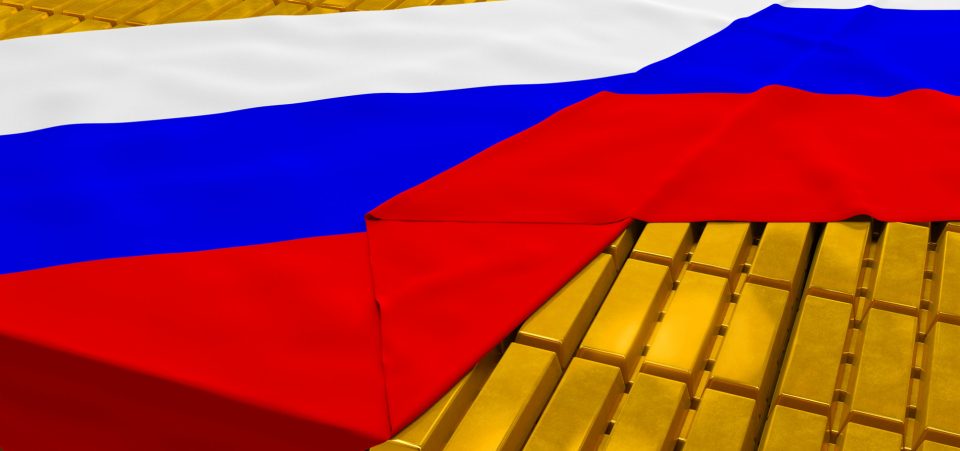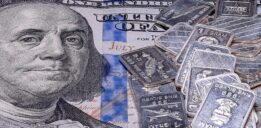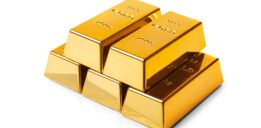Look at Central Banks to Find Where Gold Prices Could Be Headed Next
Look at central banks closely if you are trying to figure out where gold prices could be headed next. They are making a very strong case for $2,000-an-ounce gold much sooner than anyone anticipates.
Digging a little more into the details…
More specifically, look at the central banks from emerging and developing economies. They need a lot of gold.
Consider the Central Bank of Russia, for example. It doesn’t care about where gold prices trade; it just wants to buy more. In March, the bank purchased 300,000 ounces of gold. Its total gold holdings amount to 60.8 million ounces, or 1,861 tonnes. (Source: “Russia Buys 300,000 Ounces Of Gold In March – Nears 2,000 Tons In Gold Reserves,” GoldCore, April 24, 2018.)
The Central Bank of Russia now holds more gold than the People’s Bank of China (PBOC). Russia is now one of the top five central banks in terms of gold holdings.
Why so much love for gold?
The First Deputy Chairman of the Central Bank of Russia, Sergey Shvetsov, explained: “Under the instruction by President Putin, the Bank of Russia has been implementing the program of increasing the absolute share of gold in the gold and currency reserves of Russia for many years.” (Source: “Russia continues stocking up on gold under Putin’s strategy,” RT, December 2, 2017.)
He added, “I will not dwell on the geopolitical situation. Every smart person understands the value of gold in ensuring financial and economic security of the country.”
You see, for the Central Bank of Russia, gold isn’t just a “pet rock.” It’s an asset that’s needed to stabilize the economy.
As I said earlier, Russia wants gold no matter what. Since President Vladimir Putin has been in power, Russian gold reserves have increased by more than 500%!
It’s Not Just the Russian Central Bank Buying Gold
Dear reader, it’s important to think long-term when looking at the yellow precious metal. Don’t focus too much on the daily fluctuations in gold prices.
Central banks from emerging and developing countries didn’t used to buy gold. The yellow precious metal was not really taken as “money” or an asset that provides safety when currencies decline in value. The financial crisis of 2008–2009 was a wake-up call for them.
With the U.S. dollar and other major currencies tumbling at that time, these central banks found their wealth tumbling. If they held gold, the volatility in their reserves would be much less.
So now, as I see it, they are starting to realize that they need gold in their reserves. How much gold do they need? About 10%–20% of overall reserves should do the job.
Keep in mind, it’s not only Russia that’s buying gold. It’s important to look at the PBOC as well. It just has 2.6% of its reserves in gold. (Source: “Official gold reserves,” World Gold Council, last accessed April 10, 2018.)
Mind you, China is trying to get respect and make its currency (the yuan) tradable around the world. To show that the yuan is a solid and stable currency, China might need a lot of gold.
Other central banks—from countries like Saudi Arabia, United Arab Emirates, India, Mexico, Brazil, South Africa, Indonesia, Malaysia, Nigeria, and many others—have less than 10% of their reserves in gold. They could be looking to buy the yellow precious metal as well.
With all this said, it’s very hard to be bearish on gold prices when central banks want it. They have a lot of buying power, and they could really make a huge impact on gold prices.
I truly believe, given what central banks are doing, that we could be looking at gold prices at $2,000 an ounce in the next few years.






